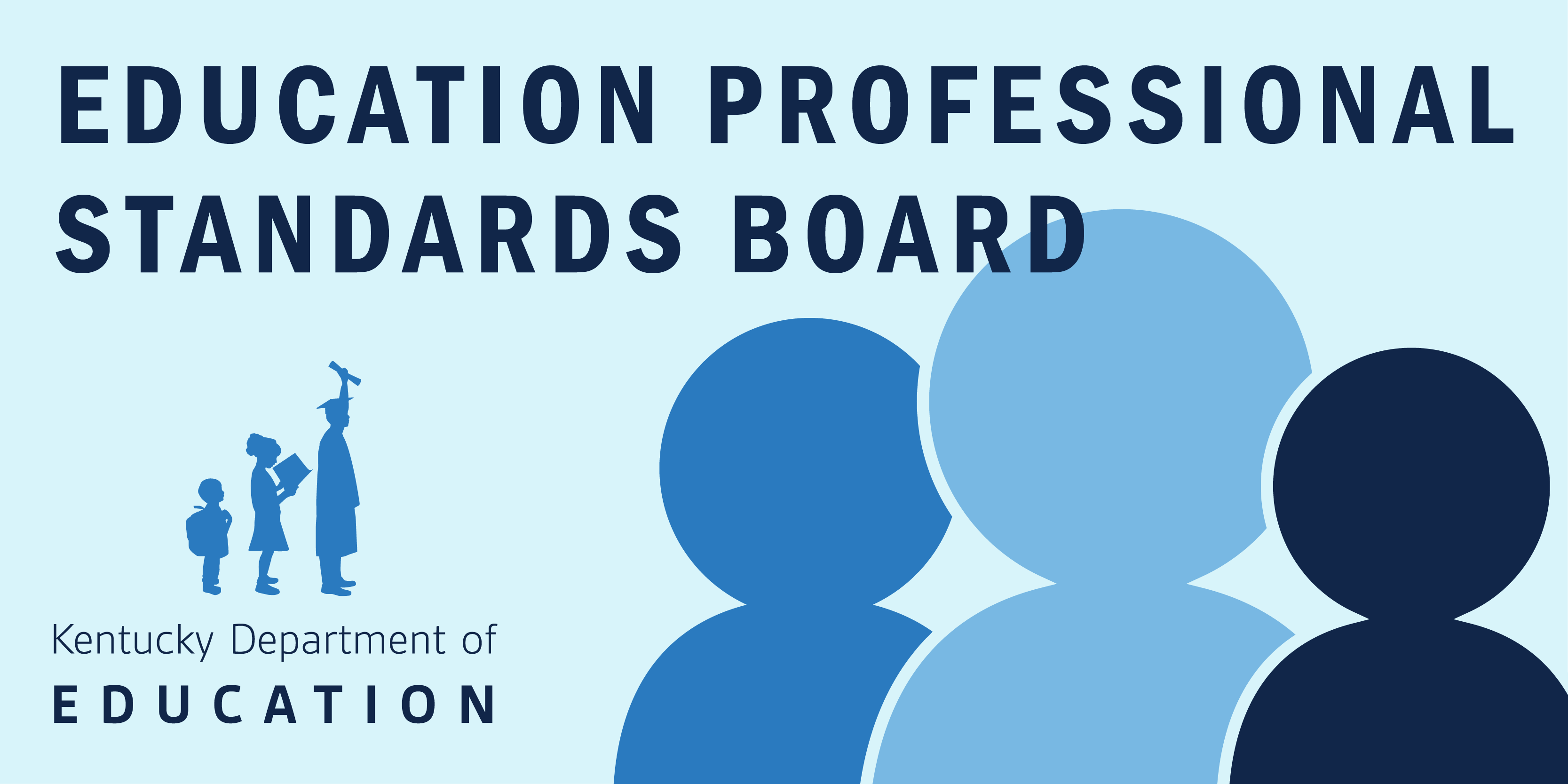
Kentucky high school students on campus at Morehead State University for the Insight program.
Photo by Amy Wallot, June 13, 2013
Education Commissioner Terry Holliday praised Kentucky teachers, administrators, parents, students, business and community members recently following the release of an annual assessment of all states on key education indicators.
Each year, Education Week (a national publication that focuses on P-12 education) produces a special issue, “Quality Counts.” The report tracks key education indicators and grades states on their policy efforts and outcomes. Last year, Kentucky ranked 10th in the nation. This year, due to changes such as the Common Core State Standards and Elementary and Secondary Education Act waivers and the impact they might have on the report’s indicators and grading framework, the report did not provide overall rankings but did assign specific grades and state rankings in six categories. The state showed modest improvement.
“Kentucky’s efforts to educate our young people, create a stronger workforce and improve the quality of life for all the people of the Commonwealth are paying off,” said Commissioner Holliday. “This ‘Quality Counts’ report validates all the hard work that has taken place over the past two and a half decades to reform our public school system and provide Kentucky students with a world class educational experience from cradle to career.”
“Quality Counts” provides data and information about states’ efforts in six areas:
• Chance for Success (an index that combines information from 13 indicators that cover state residents’ lives from cradle to career)
• K-12 Achievement
• School Finance
• Transitions and Alignment
• Standards, Assessments and Accountability
• Teaching Profession
While none of Kentucky’s grades changed from 2013, the state saw an improvement in its Chance for Success ranking which takes into account 13 indicators that span a person’s lifetime. Kentucky’s progress was buoyed, in part, by a higher high school graduation rate, increased kindergarten enrollment, parental education and employment.
The state lost some ground in K-12 Achievement, most likely due to achievement gaps and many more students with disabilities and with limited English proficiency (LEP) completing the National Assessment of Educational Progress (NAEP) test without special assistance or accommodation. In the past they had been excluded from taking the test which is the basis for the K-12 Achievement category.
Kentucky showed strong growth on the Advanced Placement test performance indicator which can be attributed to the statewide AdvanceKentucky math and science initiative to expand access to, participation in and the success rate of Kentucky students taking AP classes, especially among those who are traditionally underserved and underrepresented in Advanced Placement courses.
“Quality Counts” also provides detailed scoring for each major area within a category.
On a 100-point scale, Kentucky scored above average (80 or above) in nine areas:
• Equity (K-12 Achievement)
• Equity (School Finance)
• Early Childhood Education (Transitions and Alignment)
• College Readiness (Transitions and Alignment)
• Economy and Workforce (Transitions and Alignment)
• Standards (Standards, Assessment & Accountability)
• Assessments (Standards, Assessment & Accountability)
• School Accountability (Standards, Assessment & Accountability)
• Building & Supporting Capacity (Teaching Profession)
Kentucky received a perfect score in School Accountability (ratings, rewards, assistance and sanctions) and Economy & Workforce (work readiness definition, career-tech diploma, industry certification, portable credits).
The state’s lowest score was in Spending (School Finance) with 55.5 points which is an F. Kentucky ‘s per-pupil expenditure (PPE) is $1,418 less than the national average. According to the report, only 7.1 percent of students in the state go to school in a district with the PPE at or above the national average. Nationally, the number is 46 percent.
“The educational progress we’ve made to date is something we can be proud of and is a testament to the dedication and hard work of our educators,” Holliday said. “But we are at a crossroads. We’ve stretched our dollars as far as we can. Without improved funding for education, that progress will quickly erode.”
This is the 18th edition of the annual “Quality Counts” report, and the theme this year is school district governance. A series of articles examines the increasingly complex fiscal, political and technological pressures districts face and how challenges such as school choice, merger and federal policy shifts are transforming the traditional environment for education governance.
The full report is available at http://www.edweek.org/.



Leave A Comment